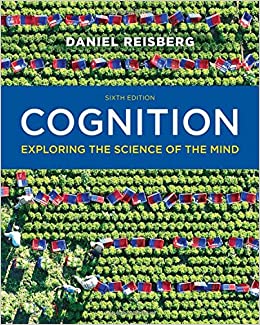Test Bank For An Introduction To Genetic Analysis 11th Edition By Griffiths
ISBN-13: 978-1464109485, ISBN-10: 1464109486
Chapter 1: The Genetics Revolution
MULTIPLE-CHOICE QUESTIONS
Section 1.1 (The birth of genetics)
- The early 1900s was an important period for genetics due to which of the following major events?
- the rediscovery of Gregor Mendel’s scientific findings
- Watson and Crick solving the structure of DNA
- Walter Sutton and Theodore Boveri hypothesizing that chromosomes are the hereditary elements
- All of the answer options are correct.
- the rediscovery of Gregor Mendel’s scientific findings and Walter Sutton and Theodore Boveri hypothesizing that chromosomes are the hereditary elements
Answer: E
- A sample of normal double-stranded DNA was found to have a guanine content of 18%. What is the expected proportion of adenine?
- A) 9%
- B) 32%
- C) 36%
- D) 68%
- E) 82%
Answer: B
- In one strand of DNA the nucleotide sequence is 5′-ATGC-3′. The complementary sequence in the other strand must be:
- A) 3′-ATGC-5′.
- B) 3′-TACG-5′.
- C) 5′-ATCG-3′.
- D) 5′-CGTA-3′.
- E) 5′-TACG-3′.
Answer: B
- How many different DNA molecules that are eight-nucleotide pairs long are theoretically possible?
- A) 24
- B) 32
- C) 64
- D) 256
- E) 65,536
Answer: E
- Which of the following is/are FALSE about genes?
- Genes are located on chromosomes.
- Genes come in variants known as alleles.
- Genes always encode protein products.
- All of the answer options are correct.
- None of the answer options are correct.
Answer: C
- Wild cats (Felis silvestris) and common mice (Mus musculus) are diploid. In wild cats 2n = 38, while in common mice 2n = 40. Based on this information, we can conclude that wild cat cells have:
- A) less DNA than common mouse cells.
- B) smaller genomes than common mouse cells.
- C) fewer DNA molecules than common mouse cells.
- D) fewer genes than common mouse cells.
- E) fewer sets of chromosomes than common mouse cells.
Answer: C
- Which of the following is a component of DNA?
- A) alanine
- B) arginine
- C) cysteine
- D) guanidine
- E) tyrosine
Answer: D








Reviews
There are no reviews yet.